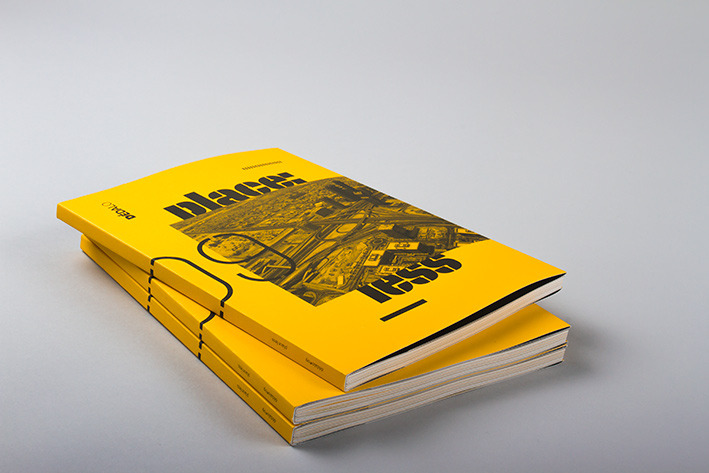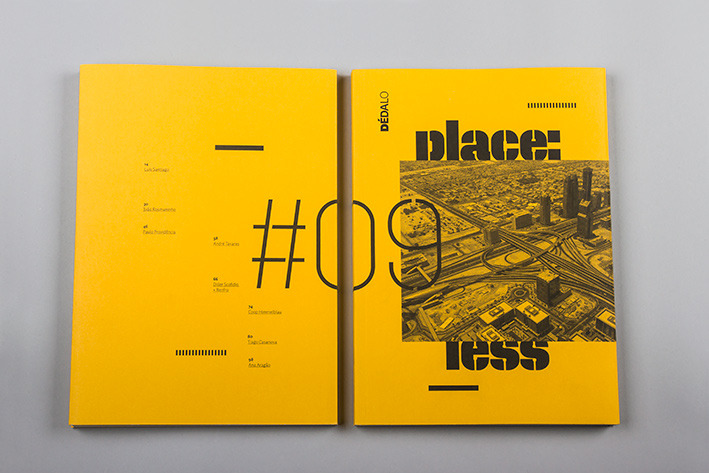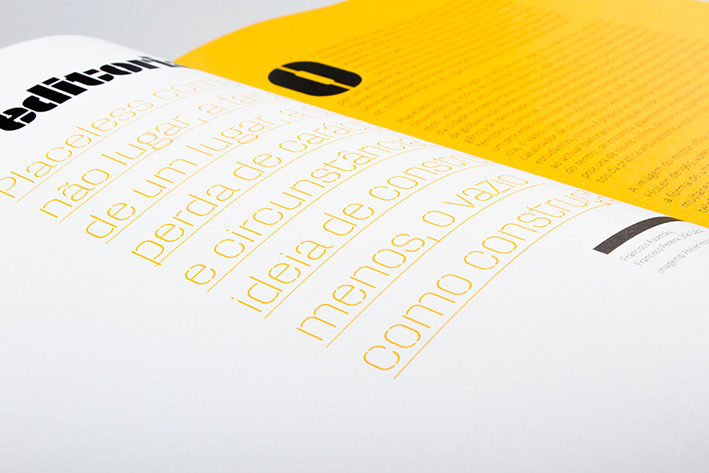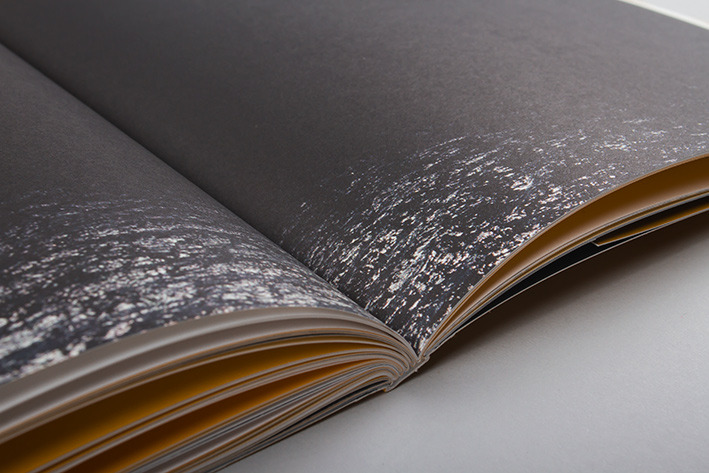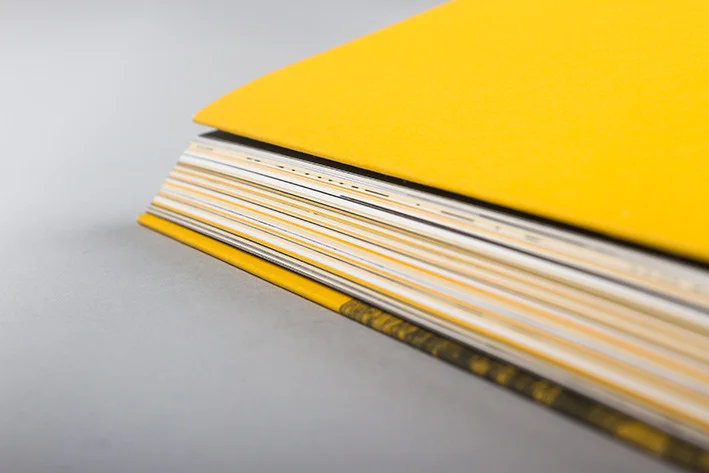MEMORY IDENTITY AND PLACE FROM THE EVANESCENT IMAGES OF TIAGO CASANOVA
by Pedro Leão Neto
“WHAT THE PHOTOGRAPH REPRODUCES TO INFINITY HAS OCCURRED ONLY ONCE: THE PHOTOGRAPH MECHANICALLY REPEATS WHAT COULD NEVER BE REPEATED EXISTENTIALLY.”
Roland Barthes, Camera Lucida: Reflections on Photography (Published May 1st 1982 by Hill and Wang - first published 1980)
The project Teste À Capacidade Mnemónica Da Fotografia by Tiago Casanova, which won the BES Revelação 2012 award, is an intense artistic work in which memory, identity, and places are questioned throughout three different moments, each one corresponding to a specific exploration of the photographic medium that is being used and its relationship with the exercise of memory and its meaning.
We have, in a first moment, the projection of seven analog films bought by Tiago Casanova himself at a flea market in Barcelona, which report a family’s summer vacation in the coastal town of Javea (Alicante, Spain) in 1977. This projection is made by Tiago Casanova with the help of his grandfather projector, which malfunctioning causes the film to overheat and eventually burn slightly. Thus the images, which were “adrift” inside 8 mm bobbins for years until they were found in a flea market, begin to slowly disappear, making all those memories fade in a rather romantic way. The analog projection is digitally recorded in order to allow its reproduction during the exhibition.
The second moment is composed of a set of photos from Tiago Casanova’s own personal archive, which are also damaged. Captured with a medium-format second-hand camera during a trip through the Portuguese and Mediterranean coast in 2011, these photos are ironically printed in high-quality paper and framed.
Lastly, in the third moment, Tiago Casanova builds new memories about his trips and personal experiences, questioning once again the ability of the photographic image as a mnemonic device that is capable of making us rebuild past events in the present, but now making use of instant photography to document his 2012 summer vacations with a Polaroid camera that belonged to his grandfather. The final object is presented as a photo album, referencing in this way the travel albums that were used in the past to catalogue archives and trip memories.
The quote by Roland Barthes, in the opening of this article, brings up a set of issues regarding photography and memory that seem to be paramount in Tiago Casanova’s project, allowing us to relate them with the concepts of identity and place. In this excerpt of his work, Camera Lucida: Reflections on Photography, Barthes tells us that the photograph mechanically repeats what could never be repeated existentially and by doing so it simultaneously touches two important matters: that of the limits of indexation of the photographic image and the memory process instigated by the photograph.
Tiago Casanova will, however, introduce in his artistic project a specific aspect linked to the images of photographs obtained from those devices and formats, which is the usage of damaged images, fragments of photographic images he uses as individual memory tools from several experiences and places—first through static, adulterate photograms, an outcome of the film overheating on the projector, and then with damaged photographs resultant from the light propagation in the interior of the camera and, lastly, with imperfect polaroid images caused by exterior temperature and humidity. We are therefore compelled to simultaneously question the unevenness of the human memory, the ability of devices and image support mediums to preserve those memories and, at last, to (re)think the importance of both kinds of photography as mnemonic devices of past situations and places: that of complete, technically perfect and immaculate images that “realistically” subscribe to the referent, and that of incomplete images, fragmented, more subjective, evanescent, and that do not adhere as realistically to the referent.
(...)
see the entire article in the issue DÉDALO #9 Place:less
Dédalo magazine is a publishing project developed by a group of students of Oporto University Faculty of Architecture established as a space for critical intervention based on the encouragement of architectural discussion and the issues that the current discipline raises, never forgetting that the architecture is not an isolated manifestation of the other arts or social sciences.

